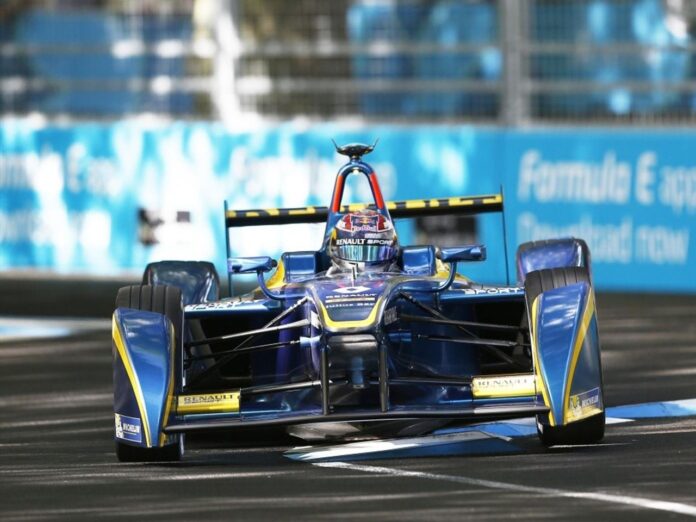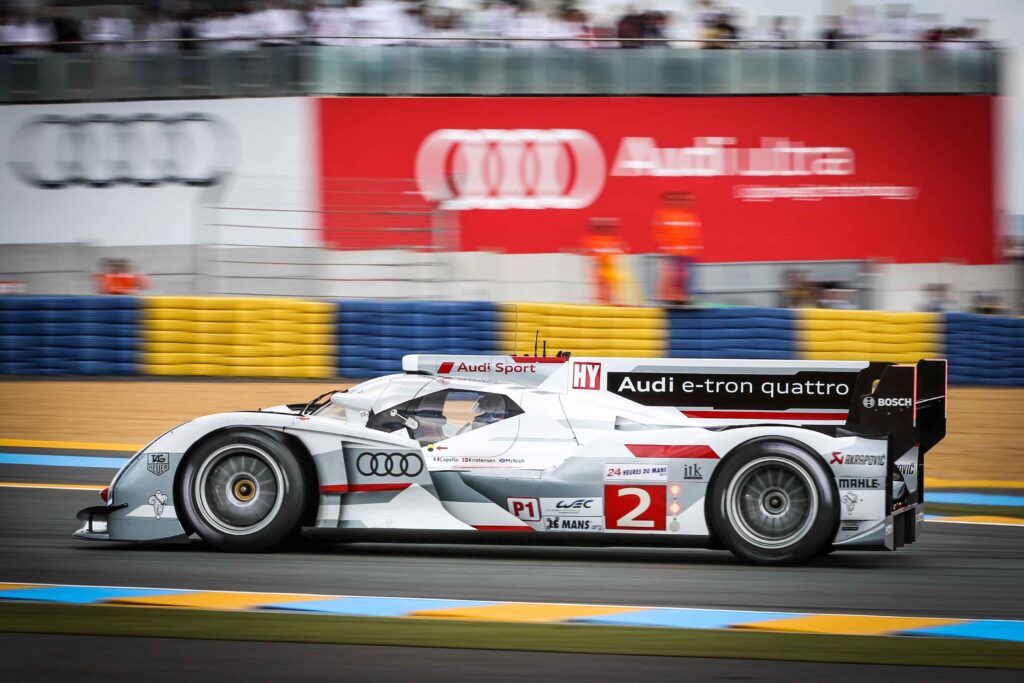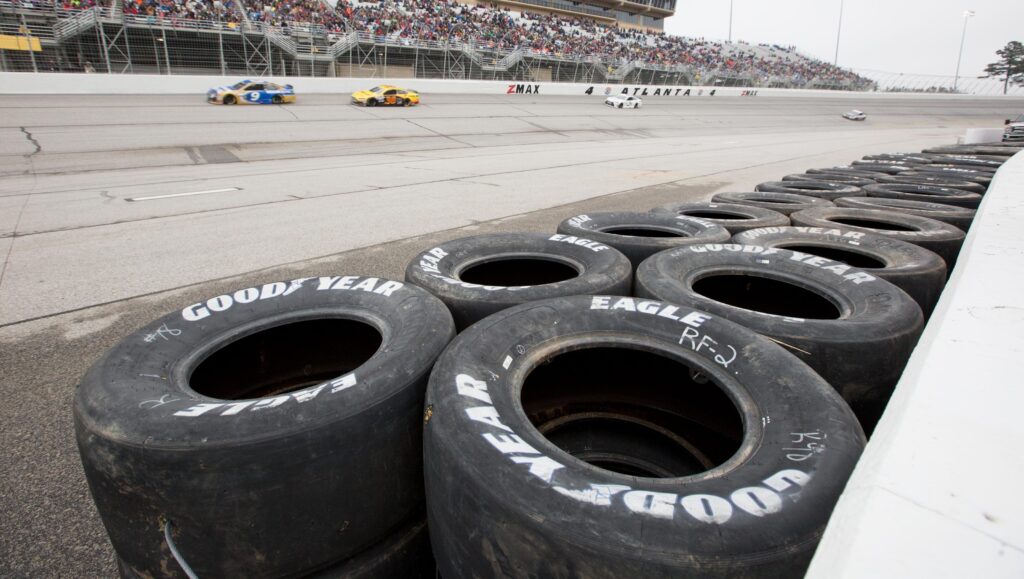
In a sport as highly technical as Formula One racing, it would seem that the roadside barriers lining tracks around the world would be equally high-tech. Yet they are not. Some of the materials used to make modern barriers are pretty advanced, but the design of the barriers themselves is actually quite rudimentary.
Today’s safety barriers have come a long way in terms of design. But they are still not complicated. The science behind designing them is all about knowing how to control kinetic energy. And believe it or not, there are some surprisingly simple ways to do that.
The key to building safer barriers is to find better ways to take advantage of the physics of racing. And as cars get faster, doing so becomes a bigger priority. Safer road barriers protect both drivers and fans alike. They help keep the sport alive in a day and age in which safety concerns are ruining other sports.
A Word About Kinetic Energy

Before getting into a discussion of the history of safety barriers in F1 racing, a brief word about kinetic energy is in order. Kinetic energy is energy generated as a result of an object in motion. It is the opposite of potential energy, a type of stored energy in an object that remains motionless. The illustration of a slingshot should explain the differences adequately.
Place a stone in a slingshot, pull it back, and hold it in place. The work of pulling the stone back generated energy. That energy is stored in the sling as long as you hold the stone still. It is potential energy just waiting to be released. You can remember it by associating the armed slingshot with the potential to send a stone flying across your garden upon release.
Should you release the stone, potential energy is transferred from the sling to the stone itself. That energy moves the stone through the air as it travels across your garden. It is kinetic energy. Should the stone strike a window on your house, energy from the moving stone is transferred to the window. You might break the glass.
With that out of the way, it’s time to move on to safety barriers. Bear in mind that crashing F1 cars transfer kinetic energy to barriers the same way a flying stone might transfer its energy to a pane of glass.
Little More Than Hay Bales

Safety barriers in the early days of F1 racing were little more than bales of hay stacked along the circuit. They didn’t offer any more protection than the standard road and traffic safety barriers such as those available from this site. No amount of hay bales will prevent a high-speed F1 car from crashing out and going into the crowd. Yet they were the road barrier of choice back in the 1950s and 60s.
Track owners relied on bales of hay for lack of any other type of barrier. Some tracks were even lined with potted trees for what was thought to be added safety combined with aesthetic value. But the trees caused more trouble than they were worth. They didn’t do anything, either. A speeding F1 car could slice through a potted tree as easily as a stack of baled hay.
Steel guardrails were thought to be the solution when they were introduced in the late 1960s and early 70s. They were certainly an improvement over hay bales and potted trees, but they were also deadly. The problem with steel guardrails is that they do not deal with kinetic energy very well. They stop it dead rather than absorbing and dissipating it.
Modern Barriers Birthed from Tyres

Hay bales and trees certainly weren’t doing the trick in the 1950s and 60s. Steel guardrails were better in the 70s, but it wasn’t until the 1980s that engineers came up with what would be the precursor to modern safety barriers: the tyre barrier.
Preventing a speeding F1 car from crashing into fans requires stopping it. Steel guardrails did that. But stopping a car so quickly could be deadly for the driver. In order to keep drivers as safe as fans, engineers needed a way to absorb the kinetic energy fast enough to reduce a car’s speed while simultaneously protecting the driver.
Tyres proved to be exactly what engineers were looking for. Tyres are rigid enough to withstand the impact from a speeding car yet flexible enough to absorb the car’s kinetic energy. Best of all, F1 racing had an abundance of used tyres that would otherwise be discarded. They started using them to build tyre stacks at the most vulnerable racetracks.
Modern Safety Barriers

Tyre stacks are still used at tracks throughout F1 racing. They are easy to build and maintain. There are plenty of tyres to work with. Best of all, tyre stacks are effective. But they are not the only type of road safety barrier in F1 racing. Newer, more modern barriers are now in use as well.
These new barriers are based on the same principles as tyre stacks. They generally consist of two semi-flexible metal panels with foam inserts installed between them. The foam inserts are not solid materials running the entire length of the metal panels. Rather, they are smaller foam blocks that are placed at specific intervals.
Spacing the blocks, rather than installing a single foam core, allows the barriers to absorb kinetic energy and disperse it in both directions. Think of it in terms of throwing a stone into a lake. As the stone makes contact with the water, it disperses energy via a wave that spreads out from the impact site. Modern roadside barriers do the same thing.
Impact with the barrier will cause kinetic energy from the speeding car to begin moving along the outside panel. The nearest foam block absorbs some of that energy and transfers it to the rear panel. Kinetic energy moving through both panels is gradually absorbed by subsequent blocks.
Science Keeps Us Safe

The early days of hay bales were dangerous times for racing. But thanks to science, racing fans and drivers alike are safer than ever before. The science of kinetic energy is keeping us all safer at the racetrack.
You might not remember what you learned about kinetic energy in school, but some particularly important people in the world of racing do. They have taken the principles of kinetic energy and used them to create safer roadside barriers that are relatively simplistic in their design. Just because it’s science doesn’t mean it has to be complicated.














